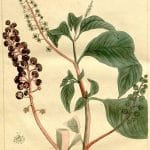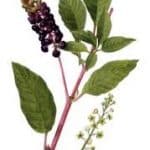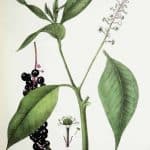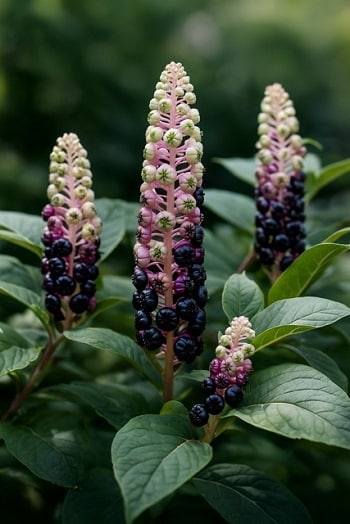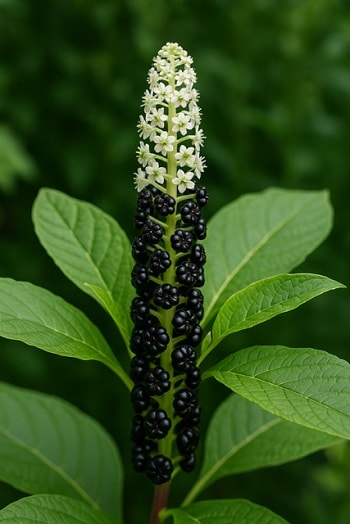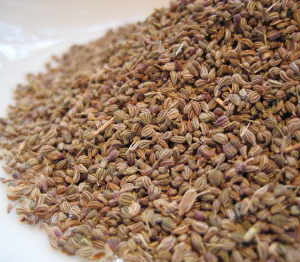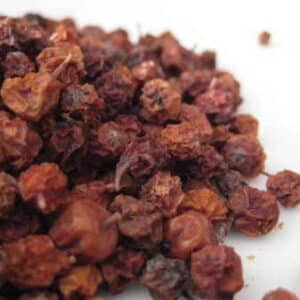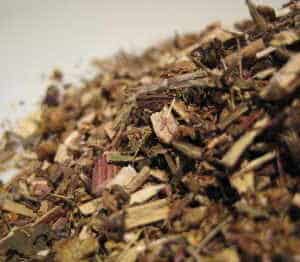Poke Root (Powdered) – Phytolacca decandra
£13.50
Powdered Poke Root
Phytolacca decandra
Also known as Poke, Poke Berry, Poke Root, Poke Weed, Red-Ink Plant
50 grams
CAUTIONS
All parts of the plant are toxic and should be treated wth caution. It is advisable that should you wish to use this particular herb, you do so under the supevision of a medically qualified individual or a professional herbalist.
Poke Root (Phytolacca decandra) is also known as Poke, Poke Berry, Poke Root, Poke Weed, Red-Ink Plant and Shang Lu in Chinese
Uses of Poke Root:-
It is a pungent bitter herb, often used in the treatment of arthritis but it is a very potent herb. Poke Root is very full of detoxifying properties and it is an excellent herb for purifying the blood and maintaining lymphatic health.
It is anti inflammatory which is why it is typically used with arthritic and rheumatoid conditions. A topically applied decoction of the herb was once, and is still sometimes used, as a home remedy for scabies but is also as a treatment against dermatological conditions like acne. It makes a good poultice so is used for boils and abcesses. It is effective in fighting bacterial, fungal, parasitic and viral infections. It is even used as a mouthwash in treating gingivitis and halitosis.
Poke Root Cautions:-
All parts of the plant are toxic and should be treated wth caution. It is advisable that should you wish to use this particular herb, you do so under the supevision of a medically qualified individual or a professional herbalist.
Poke as a food source:-
Poke is a traditional southern Appalachian food ingredient. The leaves and stems can both be eaten, but they must be cooked. The root should be avoided as should the berries because of toxicity issues. The leaves are a little like spinach; the stems taste similar to asparagus. Traditionally, poke is boiled, then fatback is added and cooked some more to add flavour.
It is best to avoid the plant, ornamental though it might be, as a garden plant as its berries seem to be particularly attractive to children who often mistake them for other edible fruits. Some authorities believe the berries to be safe to eat in a baked pie, for instance, if cooked well but if under prepared then they really are a bit too dangerous to experiment with.
| Best Before | August 2026 |
|---|---|
| Harvest | Autumn 2024 |
| Batch Code | JF2297582 |
| Country of Origin | USA |

